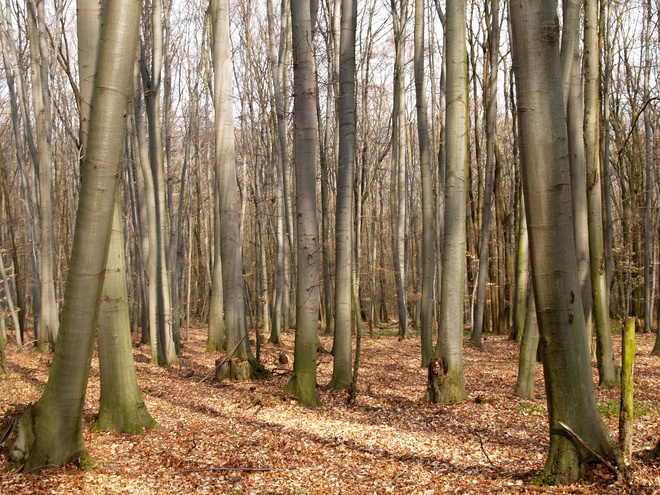Woody Plants
In the forests of Tribeč there are a number of dominant woody plants forming the local forest community. They are dependent on the sea level and on the slope’s orientation. Lower sea levels and slopes oriented to the south display particularly oaks. The sessile oak (Quercus petraea) and the English oak (Quercus robur) belong the most frequent. They can be distinguished according to the shapes of their leaves and fruits. The sessile oak shows leaves with long stipes and converging bases. Its fruits, the acorns are lying and stipeless.
From station No. 11 and 10 we turn back following the yellow marking (8135) to Sedlo pod Gýmešom (station No. 9), from where we can continue directly to the Northeast following the same marking. First the marked road descends more steeply, then more gently in the beech forest and the mixed forest until we reach the crossing with a broad, horizontal forest road near the upper meadow border, where the yellow marking takes a sharp turn left.
Time: 15 min., in the opposite direction 20 min, length: 0.8 km, medium demanding in both directions. Note: We can reach station No. 12 by following the yellow marking (8135) on a gently rising forest road also from the crossing with the red marking (0706) in Kostoľany pod Tribečom (station No. 2) in 15 min., in the opposite direction in 15 min., length: 1 km, easy.
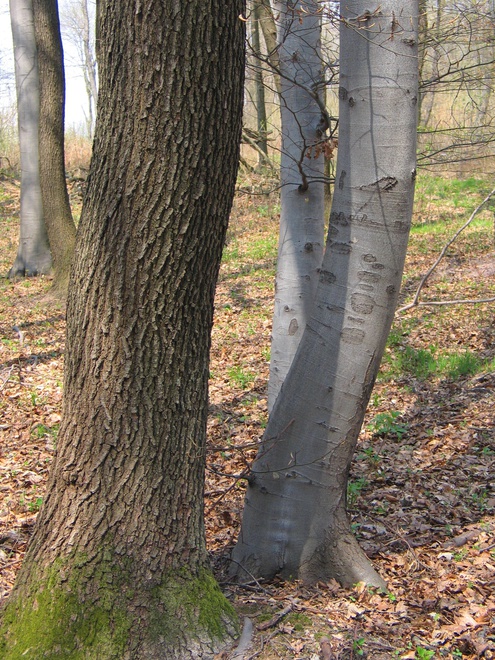
The leaves of the English oak have either no stipes or only very short ones, and their base is formed of lobes. On the other hand, the fruits show long stipes. Oak wood is very solid and therefore cultivated in the commercial forests as well. The warmest points of the southern slopes and thin soils show only sparse forests and resemble forested steppes. These positions are optimal for the Turkey oak (Quercus cerris), whose leaf buds and fruit cups show flakes; their leaves are more slender and have sharp lobes. The most thermophile of them is the downy oak (Quercus pubescens), which can easily be recognized by the felt-like bottom side of their leaves. It is a rather small-growing plant with twisted and interweaved branches.
The common hornbeam (Carpinus betulus) is often found in companies with the oaks. Together they form oak and hornbeam forests, mostly on thicker and more humous soils. Irregular trunks with darker oblong stripes are characteristic of the hornbeam.
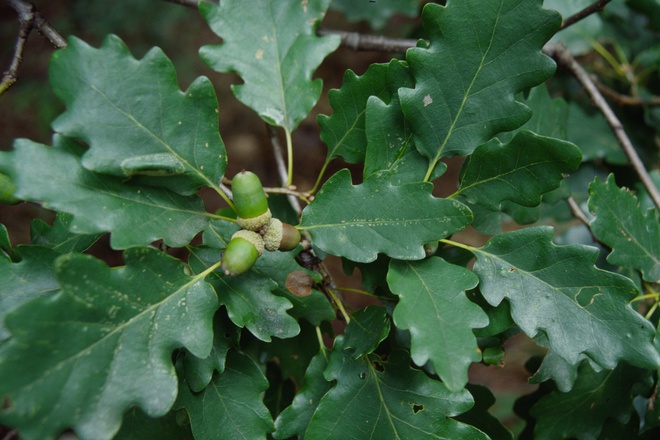
At higher attitudes above 600 m and on colder northern sites there are to be found numerous European beeches (Fagus sylvatica). Their smooth grey bark and ellipsoid unseparated leaves with smooth borders cannot be confused with other tree species. During the winter, we can recognise it according to the typical long and sharp and light brown buds on the end of the small twigs.
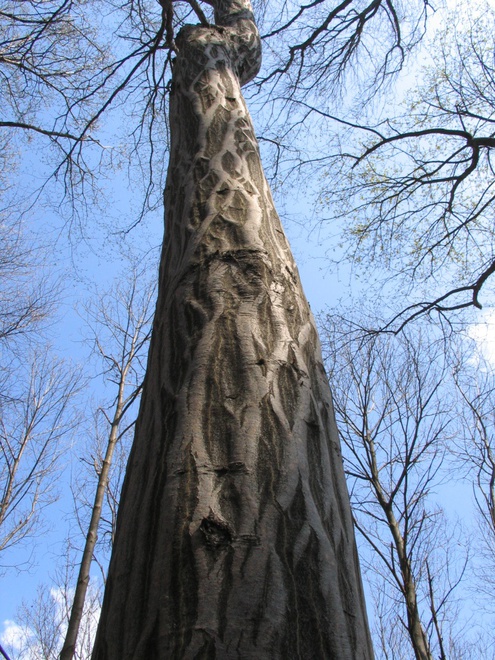
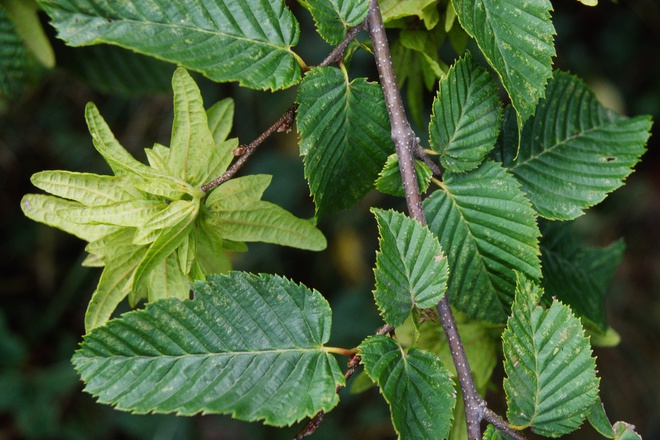
Steeper slopes, namely beneath rocks, where rubble is gathering, there are so-called rubble forests. Mainly composed of maples, limes, or elms, which are in forestry terms referred to as the more demanding deciduous trees. These trees require larger amounts of humus and soil nutrients.
